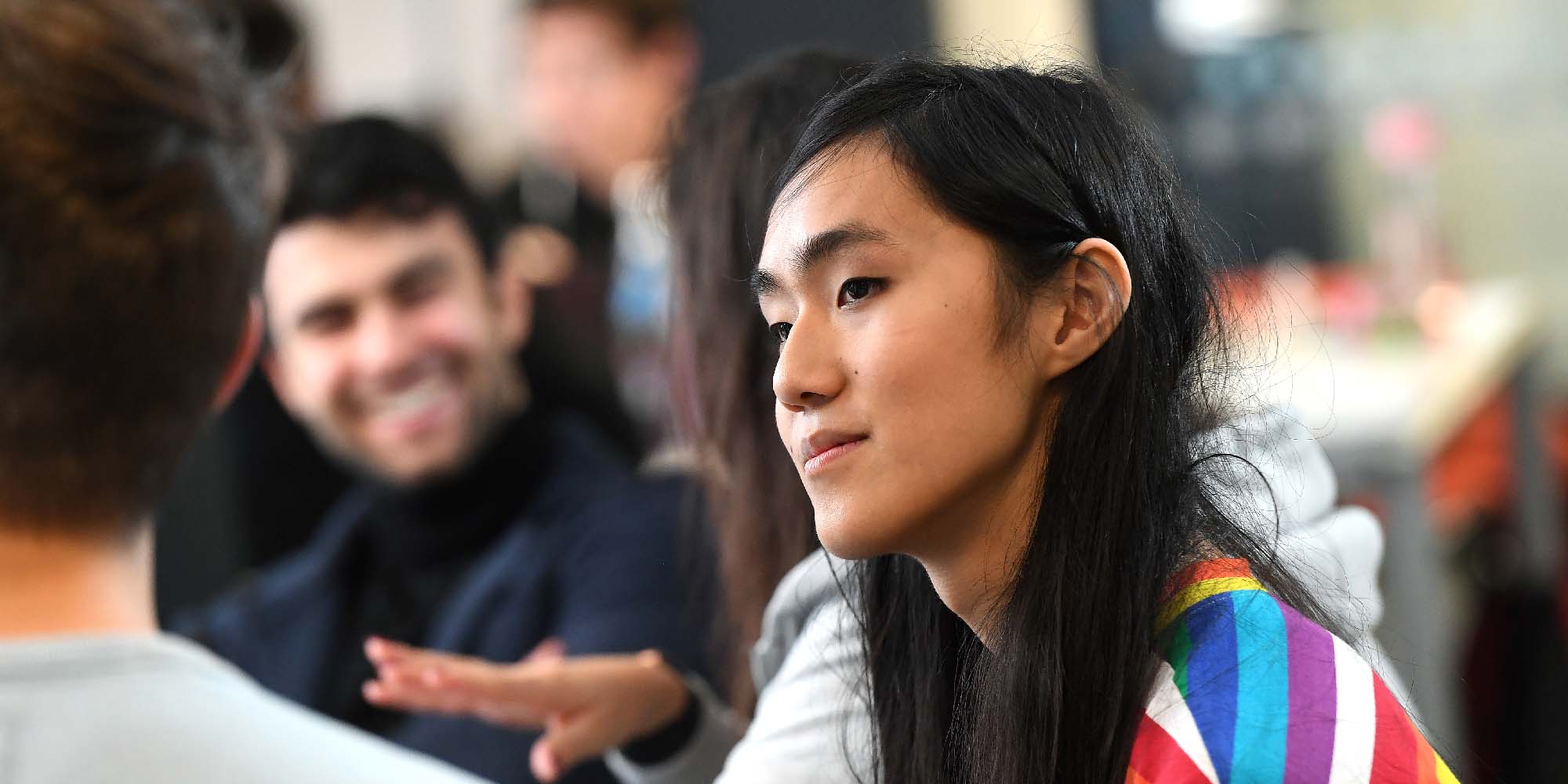Postgraduate research opportunities Microstructure-sensitive machine learning for smart metallurgical manufacture
ApplyKey facts
- Opens: Tuesday 29 March 2022
- Deadline: Tuesday 31 January 2023
- Number of places: 1
- Duration: 42 months (3.5 years)
- Funding: Home fee, Stipend
Overview
This project will develop a machine learning approach for metallurgical processing that will have improved predictive capabilities by incorporating microstructural information into the training algorithms. The PhD will focus on the manufacture of high-temperature superalloys used in commercial gas turbines and aero-engines.Eligibility
This studentship is available for students who possess a first-class or 2.1 (Honours), or equivalent EU/international qualification in:
- materials science
- mechanical engineering
- physics
- mathematics
- another relevant discipline
The candidate should have the following technical experience and personal skills:
- self-motivated individual with skills and/or interest in metals processing, materials modelling, image analysis and machine learning
- strong mathematical skills and some computer programming experience would be advantageous, but is are not essential
- a proactive approach, with initiative and ability to work independently
- ability to synthesise, summarise, and draw conclusions
- strength to cope with schedules and deadlines
- excellent organisational and communication skills
- excellent written and spoken English

Project Details
Neural networks and machine learning algorithms have been used in materials science and engineering for some years now and have even yielded successes in developing new materials and novel manufacturing methods.
However, the majority of this research is based upon learning data sets that try to link numerical materials property data to the manufacturing process variables. Such approaches have limited potential because the microscopic structure of the materials that actually determines the properties and its evolution during processing is not taken into account explicitly.
As a result, the trained machine learning models are able to interpolate well the possibilities that fall with the domain of the training data, but often fail to make viable predictions outside of it. Thus, potentially superior novel processing methods and materials with improved properties can remain undiscovered.
The project will address this capability gap by developing a machine learning methodology that will incorporate not only the alloy properties and processing route information, but also the corresponding microstructural data from materials characterisation experiments (e.g. electron microscopy, x-ray scattering, radiography, calorimetry, etc.) and from computer simulations (e.g. phase field modelling, CALPHAD, etc.).
The training set will also incorporate established physical laws for microstructural evolution and will seek out deviations and nuances in the training data that may warrant further scientific scrutiny, as well as allow predictive extrapolation outside the training set domain. I.e. in addition to being able to "join the dots" the approach will allow "plotting new dots in uncharted territory".
The new machine learning methodology and data will yield industrial benefits allowing more efficient manufacture and process optimisation of high-performance alloys both for mass production as well as custom materials for tailored applications the economic viability of which is being rapidly accelerated by advancements in additive manufacturing processes.
In addition, the structure-property database generated by the project will benefit UK industry sectors that rely on leadership in superalloy metallurgy, most notably Rolls-Royce plc. and associated suppliers and SMEs. The methodology will also be transferable to other alloy systems, such as titanium alloys (used for transportation and biomedical applications) and novel high-entropy alloys (with potential applications in aerospace, nuclear fusion reactors, etc).
Research plan, current challenges & objectives
The project will develop a training set for machine learning algorithms in the form of a database built up from available published research data on the development and industrial processing of superalloys. The database will collate alloy compositions, full production routes, mechanical properties, environmental degradation resistance, cost and energy consumption, and will relate these to the images of the microstructure and other experimental data.
The images will be processed and analysed to measure key geometrical parameters of the microstructure such as the grain size distribution and precipitate size distribution which govern base mechanical performance, as well as undesirable features that may result from optimal processing such as the distribution of undesirable detrimental phases and defects including cracks, voids, tears, etc. which adversely affect the product lifetime and reliability.
Research data from computer simulations will also be used in the database alongside the experimental data. However, the end user will be able to chose of the ML predictions are made from solely experimental data, theoretical simulations or both.
Thus the PhD project will have the following main objectives:
- creation of a database containing the unique material "fingerprints" of a broad range of superalloys combining numerical composition, property and material production data with 2d and 3d microstructure imaging data from microscopy and x-ray scattering.
- interfacing the database with suitable ML algorithms that will be able to solve the relevant regression and/or classification problems. Generation of a flexible and powerful metadata structure will be essential to this.
- use of the database as the ML training set to establish trends and patterns in the data.
- validation of the predictive capability of the training set and established mathematical trends against known physical laws for microstructure evolution and phase field computer simulations,as well as experiments where appropriate. E.g. can a new optimised route be identified for an existing alloy? Can the properties of an alloy be inferred from a microstructure image - reducing the need for experimental testing?. Can new materials be identified that will be especially suited for novel manufacturing techniques or for highly specialised applications?
Further information
Over the course of this PhD project the student will:
- develop and implement novel machine learning approaches in materials research
- learn to interpret experimental research data from materials tests and real-world forging trials to validate/improve their deformation models
- learn to implement computer models of microstructure evolution in advanced alloys
Funding details
This is an EPSRC REA studentship and will have access to a doctoral training grant (DTG) to help cover research expenses, travel and stipend top-up.
Supervisors
Dr Vassili Vorontsov
Strathclyde Chancellor's Fellow
Design, Manufacturing and Engineering Management
Apply
Number of places: 1
To read how we process personal data, applicants can review our 'Privacy Notice for Student Applicants and Potential Applicants' on our Privacy notices' web page.

